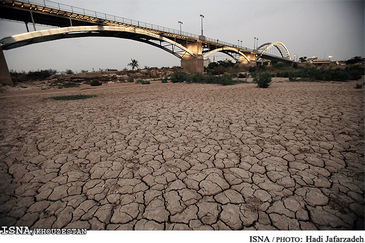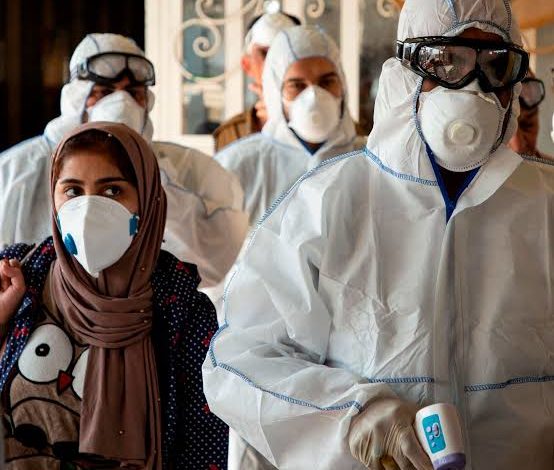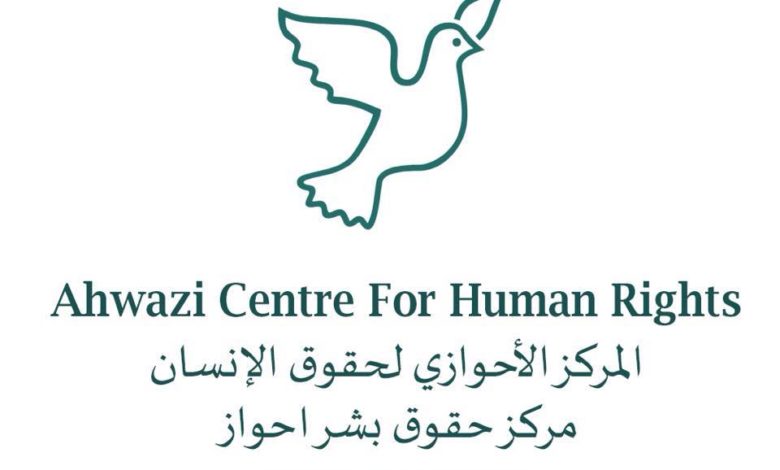Iranian regime’s water wars destroying Al-Ahwaz region

The Iranian regime’s program of rerouting rivers and waterways in Ahwaz to other, Persian provinces is having devastating effects on the regional environment.
The Karoon water transfer program, which sees hundreds of billions of litres of water rerouted from Ahwaz to central provinces in Iran is being accelerated on the regime’s orders under the direct supervision of Hashemi Rafsanjani, the chairman of the regime’s Expediency Council.
According to oxinpress, Rafsanjani has mocked the Ahwazi people’s protests over the regime’s deliberate desertification of the region and denial of the most basic rights to its people, saying that Ahwazis are lining up on the riverbanks daily to stop the water transfer. This and other comments convey not only his and the regime’s contempt for Ahwazis and Arab peoples generally but their belief that Ahwazis have no right even to raise their voices against the theft of their own natural resources and should instead accept the regime’s policies, even when these are destroying their lands and leaving them without water.

The water rerouting program is massive, with one billion cubic meters of water so far rerouted from the Karoon River to the Zayandehrud River in the Persian province of Isfahan, mainly to provide irrigation for agricultural areas growing rice and other crops, and water for the aquarium in Isfahan, the largest of its kind in the Middle East.
In Ahwaz, meanwhile, farmers have been banned from growing rice, the staple diet in the region, and informed that there is no possibility of any compensation or legal action over the Karoon water transfer program.
It’s noteworthy that only two hundred million cubic meters of the water transferred or one-fifth of the total is required for drinking water in the Isfahan and Kerman regions where it’s been rerouted.
Most Ahwazis see the water transfer program as one more discriminatory practice by the Iranian against the long-suffering Arab peoples of the region, stealing more of their natural resources to transfer them to Persian areas and forcing more Ahwazi farmers into destitution.
The dust storms have been disturbing the lives of Ahwazi citizens and their persistence is triggering fatal respiratory disorders that more likely will develop into cancerous diseases.
The reason for the emergence of these toxic dust storms is the unnatural and extensive drying of the rivers and the marshes, as well as the ongoing construction of dams on the rivers of Ahwaz.

The environmental effects of the water transfer program are devastating, with the Karoon River, whose ecosystem needs at least five billion cubic meters of water flowing per day to survive, now reduced to two billion, less than half of the necessary amount.In addition to this, the water shortages due to the falling river levels mean that the residents of the area who are dependent on the water for drinking, washing, and bathing, are contracting illnesses, including cancer, as a result of being forced to use the silt water heavily polluted by sewage and agricultural waste from the riverbed.




